This article was co-authored by Rebecca Levy-Gantt, MPT, DO and by wikiHow staff writer, Hannah Madden. Dr. Rebecca Levy-Gantt is a board certified Obstetrician and Gynecologist running a private practice based in Napa, California. Dr. Levy-Gantt specializes in menopause, peri-menopause and hormonal management, including bio-Identical and compounded hormone treatments and alternative treatments. She is also a Nationally Certified Menopause Practitioner and is on the national listing of physicians who specialize in menopausal management. She received a Masters of Physical Therapy from Boston University and a Doctor of Osteopathic Medicine (DO) from the New York College of Osteopathic Medicine.
There are 7 references cited in this article, which can be found at the bottom of the page.
wikiHow marks an article as reader-approved once it receives enough positive feedback. In this case, 88% of readers who voted found the article helpful, earning it our reader-approved status.
This article has been viewed 201,567 times.
Getting your first period can be nerve-wracking, especially if you're caught off-guard at school or work. Putting together a simple kit with the essentials can help you feel more prepared and less anxious about it. Just stash your kit somewhere convenient, like your backpack or locker, so you can grab it when you need it! If you have any questions about your period, talk to an adult who you trust.
Steps
Necessities
-
1Pick a small bag that will fit in a backpack or tote. Purses and pencil cases are good choices. Since you’ll be taking this kit with you to school or work, it should be small enough to fit inside of your everyday bag.[1]
- The smaller the better! Try to pick a bag that’s about twice the size of your phone.
- Avoid clear bags so people can’t see what’s inside them.
- Check the makeup section of your local grocery store or home goods store to find the perfect bag.
-
2Add a few pantyliners and pads to the bag. Pantyliners are great for protecting your underwear from vaginal discharge or wearing on a day where your flow is lighter. On days with a heavier flow, you’ll need to use a pad. Make sure you change your pad or pantyliner every 4 to 6 hours to prevent leaks.[2]
- If you’ve never used a pad before, don’t worry. It’s easy! Remove the plastic wrapper and protective paper strip from the back, and place the sticky side on the inside of your underwear.
- If the pad has wings, remove the paper strips from the adhesive and fold them out and around your underwear to keep the pad in place.
- Never flush a pad or pantyliner down the toilet. When you’re done with the pad, fold it up to throw it in the trash.
Advertisement -
3Include 2 to 3 tampons in the bag if you know how to use them. Tampons are made of cotton and other fibers and can be inserted into your vagina to absorb blood. You can use tampons when wearing a pad might be uncomfortable, like when you’re swimming or exercising. Keep a few of these in your bag, and make sure you change your tampon every 4 to 8 hours.[3]
- Tampons aren't a great choice for your first period since you don't know how heavy your flow will be and you've never inserted a tampon before. You might want to stick with pads, but it's up to you!
- Wrap used tampons in toilet paper and put them in the trash. Don't flush them!
-
4Throw a spare pair of underwear into the bag just in case. Since your first period might catch you off guard, it’s good to have an extra pair of clean underwear in case you have a leak. Fold them up so that they fit into the bag with the rest of your items.[4]
- Choose a comfortable pair of undies that you can wear with a pad.
- Pick dark underwear since your period may stain light fabrics.
- If you do get blood on your underwear, it’s no biggie! Just take them home and put them in the wash as soon as you can.
Extras
-
1Include a fun treat as a pick-me-up. Periods can leave you feeling a little blah, especially when they catch you off guard. Throw in a bar of chocolate, gum, some mints, or a few hard candies as a little treat for yourself.[5]
- You can also use a sugary treat to boost your mood if you’re feeling lethargic.
-
2Add a package of wet wipes to help you feel fresh and clean. When you’re changing your pad, sometimes dry toilet paper just doesn’t cut it. If you need a little extra cleanup, throw a small package of wipes into your bag, and make sure they’re specifically for the bathroom, not just for your hands.[6]
- Baby wipes are a great option, and they often come in travel-sized packs.
-
3Pack a small package of ibuprofen or naproxen to battle cramps. Your period can give you a headache and cramps, and medicines like these can help relieve your pain. Look for a small package to include in your bag, and make sure you follow the dosage recommended for your age.[7]
- Some schools don’t allow students to carry medication. If you’re not sure, check your school’s policy before packing any medicine.
-
4Put a travel-sized container of hand sanitizer in the bag. In some bathrooms, you might not be able to wash your hands after changing your pad or tampon. In that case, use a drop of hand sanitizer to ensure that your hands are clean and free of germs.[8]
- If you don’t want to include liquid hand sanitizer, look for sanitizing wipes in the supermarket. With wipes, there’s no risk for a leak or spill!
-
5Consider including a pocket calendar if you want to track your period. Most people's menstrual cycles take about 28 to 30 days, with their period lasting for 5 to 7 days. It can be helpful to have a calendar or notepad on hand to mark the first and last day of your period, and to check that it's coming every month.[9]
- If carrying a pocket calendar is too old-school, download a period tracker app, like Clue, Flo, or Ovia.
- Keep in mind that it can take a few months for your period to become regular. Be patient and try not to worry! If you notice that you don't get a monthly period or have your period for more than 7 days at a time after the first 5 to 6 months, talk to your doctor about possible causes for this.
Sample Period Kit Checklist
Expert Q&A
Did you know you can get premium answers for this article?
Unlock premium answers by supporting wikiHow
-
QuestionCan you keep a tampon in for 8 hours?
 Rebecca Levy-Gantt, MPT, DODr. Rebecca Levy-Gantt is a board certified Obstetrician and Gynecologist running a private practice based in Napa, California. Dr. Levy-Gantt specializes in menopause, peri-menopause and hormonal management, including bio-Identical and compounded hormone treatments and alternative treatments. She is also a Nationally Certified Menopause Practitioner and is on the national listing of physicians who specialize in menopausal management. She received a Masters of Physical Therapy from Boston University and a Doctor of Osteopathic Medicine (DO) from the New York College of Osteopathic Medicine.
Rebecca Levy-Gantt, MPT, DODr. Rebecca Levy-Gantt is a board certified Obstetrician and Gynecologist running a private practice based in Napa, California. Dr. Levy-Gantt specializes in menopause, peri-menopause and hormonal management, including bio-Identical and compounded hormone treatments and alternative treatments. She is also a Nationally Certified Menopause Practitioner and is on the national listing of physicians who specialize in menopausal management. She received a Masters of Physical Therapy from Boston University and a Doctor of Osteopathic Medicine (DO) from the New York College of Osteopathic Medicine.
Board Certified Obstetrician & Gynecologist
Warnings
- Try to stay away from scented wipes or other products that are meant to “freshen up” your vulva or vagina during your period. Sometimes, they can cause redness and irritation.⧼thumbs_response⧽
Things You'll Need
- Cosmetic bag
- Panty liners
- Pads
- Tampons
- Pair of underwear and pants
- Resealable plastic bag
- Dark chocolate (optional)
- Ibuprofen or naproxen (optional)
- Liquid hand sanitizer or wipes (optional)
- Pocket calendar (optional)
References
- ↑ https://www.youtube.com/watch?v=zbz8uWJSBw0&feature=youtu.be&t=573
- ↑ https://kidshealth.org/en/teens/menstruation.html
- ↑ https://www.mayoclinic.org/healthy-lifestyle/tween-and-teen-health/in-depth/menstruation/art-20046004
- ↑ https://www.unicef.org/wash/schools/files/UNICEF-MenstrualHygiene-PRINT-27May15.pdf
- ↑ https://www.youtube.com/watch?v=S-JxSeJsh1Y&feature=youtu.be&t=220
- ↑ https://www.youtube.com/watch?v=RKebu8FIVK8&feature=youtu.be&t=257
- ↑ https://kidshealth.org/en/teens/menstruation.html
- ↑ https://www.youtube.com/watch?v=Jn32XWEGAxw&feature=youtu.be&t=417
- ↑ https://www.mayoclinic.org/healthy-lifestyle/tween-and-teen-health/in-depth/menstruation/art-20046004
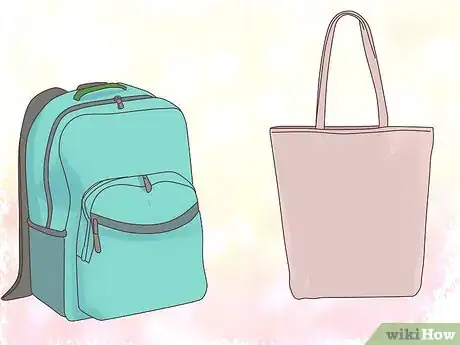
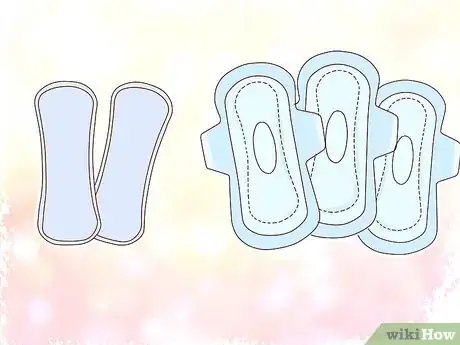
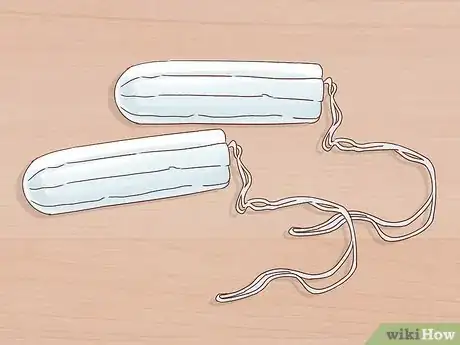
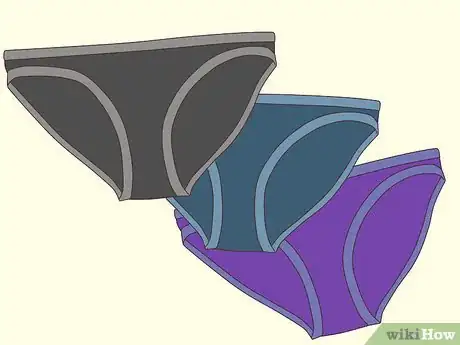

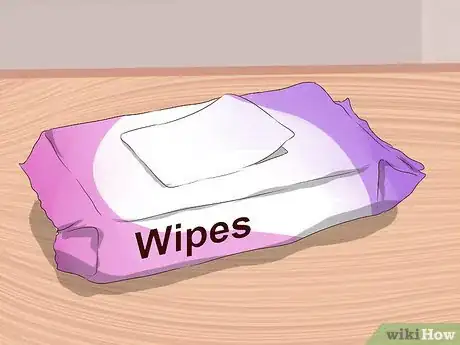
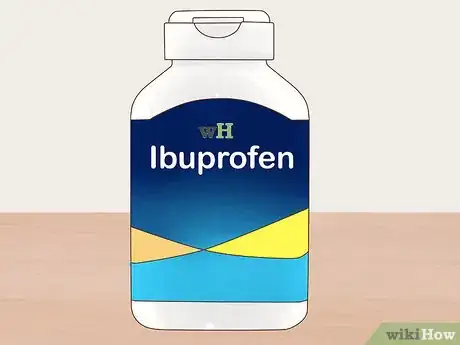
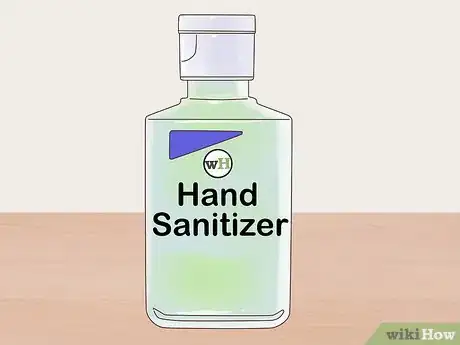
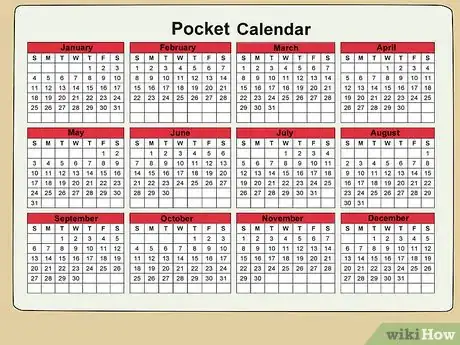
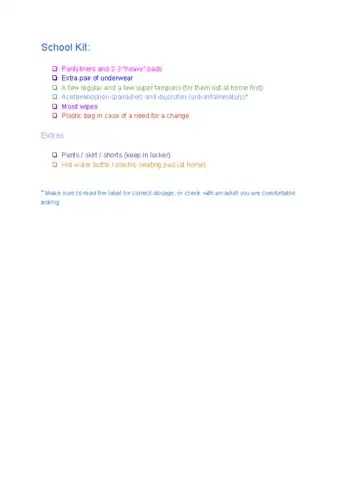
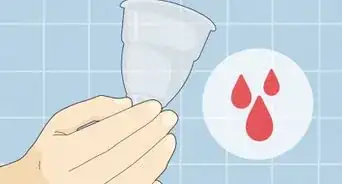
-Step-14.webp)



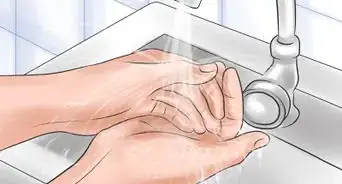
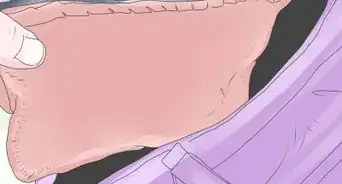




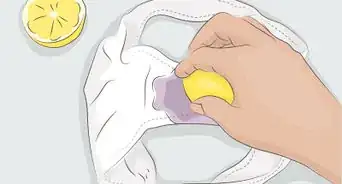












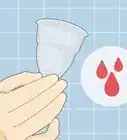
-Step-14.webp)




































